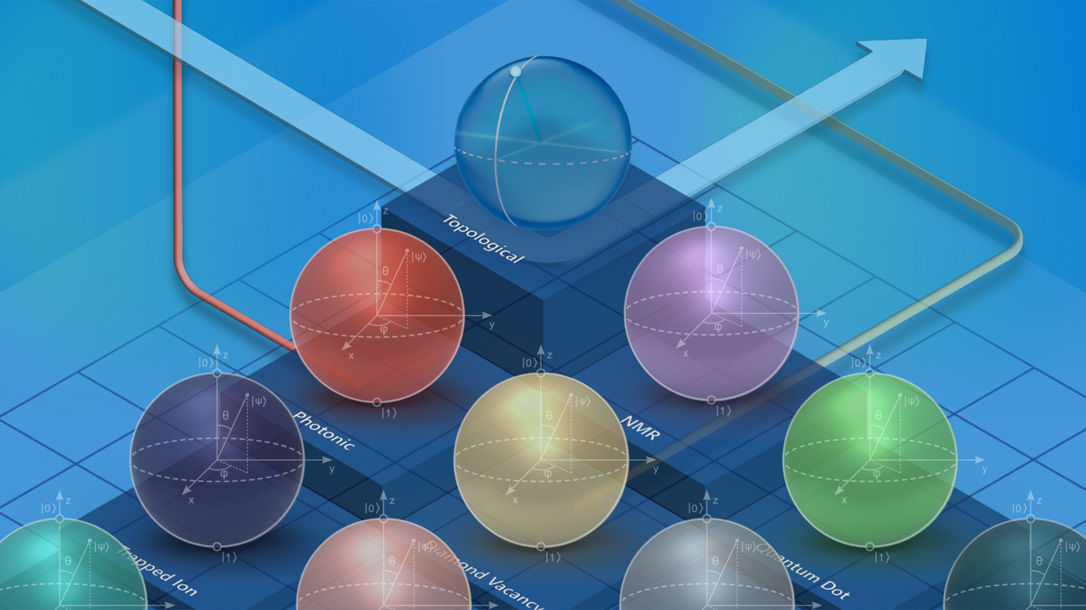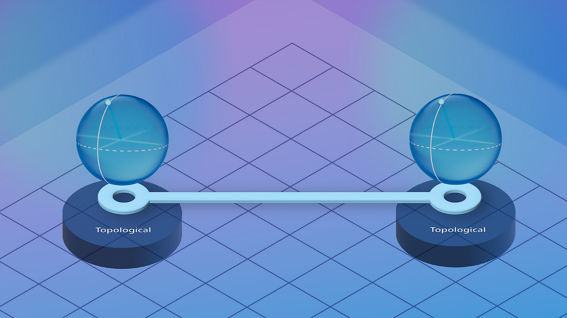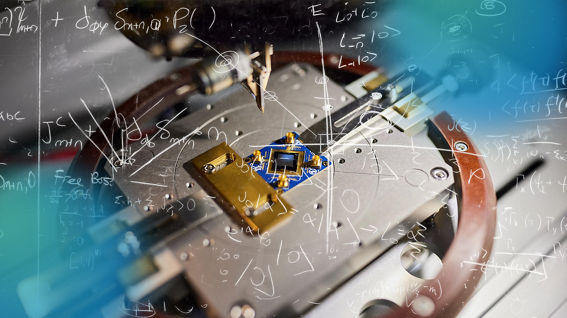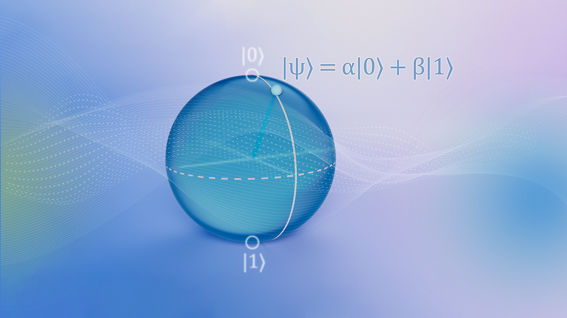There are several types of qubits that have been proposed or implemented in quantum computing platforms. This is a non-exhaustive list of the most well-known:
- Superconducting qubits are the most common type of qubit in current quantum computing systems. Superconducting qubits are based on the Josephson junction, which is a device that allows the flow of supercurrent without resistance. Examples of superconducting qubits include transmon qubits, flux qubits, and phase qubits.
- Trapped ion qubits are based on the electronic and nuclear spin states of individual ions that are trapped and manipulated using electromagnetic fields. Trapped ion qubits can be implemented using, for example, calcium, magnesium, and beryllium ions.
- Quantum dot qubits are based on the electronic spin states of electrons confined in semiconductor quantum dots. They are manipulated using electrical gates and magnetic fields.
(list continued below)

- Topological qubits are based on the topological properties of materials, such as the non-local properties of Majorana fermions. They are predicted to be more robust against noise and errors than other types of qubits.
- Diamond nitrogen-vacancy (NV) center qubits are based on the electronic spin states of nitrogen-vacancy centers in diamond. They are manipulated using microwave and optical fields and have potential applications in quantum sensing and metrology.
- Nuclear magnetic resonance (NMR) qubits are based on the nuclear spins of atoms or molecules that are manipulated using radiofrequency pulses in a magnetic field. They are commonly used in quantum chemistry simulations.
- Photonic qubits are based on the quantum properties of light, such as polarization and phase. They are manipulated using optical components such as beam splitters, phase shifters, and detectors.





